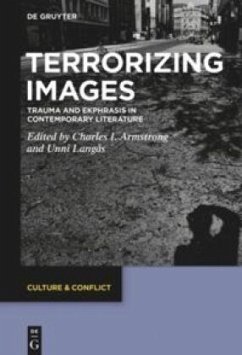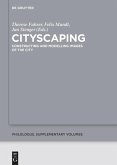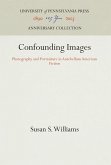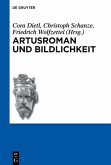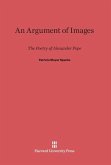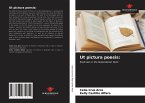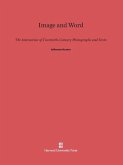It is broadly accepted that "terrorizing" images are often instrumentalized in periods of conflict to serve political interests. This volume proposes that paying attention to how images of trauma and conflict are described in literary texts, i.e. to the rhetorical practice known as "ekphrasis", is crucial to our understanding of how such images work. The volume's contributors discuss verbal images of trauma and terror in literary texts both from a contemporary perspective and as historical artefacts in order to illuminate the many different functions of ekphrasis in literature. The articles in this volume reflect the vast developments in the field of trauma studies since the 1990s, a field that has recently broadened to include genres beyond the memoir and testimony and that lends itself well to new postcolonial, feminist, and multimedia approaches. By expanding the scholarly understanding of how images of trauma are described, interpreted, and acted out in literary texts, this collected volume makes a significant contribution to both trauma and memory studies, as well as more broadly to cultural studies.
Hinweis: Dieser Artikel kann nur an eine deutsche Lieferadresse ausgeliefert werden.
Hinweis: Dieser Artikel kann nur an eine deutsche Lieferadresse ausgeliefert werden.

